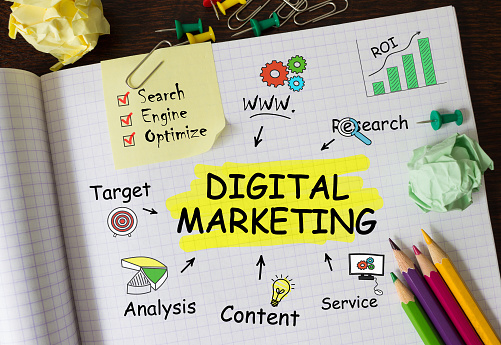Clinch the deal with the right follow-up email at the right time
Successful cold email campaigns ideally begin with an attention-getting, well-crafted email aimed to pique the interest of a specific target audience. However, the follow-up email is where most sales are made or lost, so pay close attention to the quality of your second contact — it’s your best chance to show the value of the product or service you’re offering and to engage the customer in meaningful dialog. If you’re a good salesperson, you already know that persistence pays off because it demonstrates to potential customers that you really believe in what you’re selling, but what other strategies are likely to lead to a healthy conversation rate? Following is a tried-and-true formula for using follow-up emails to your best advantage.

Pitch the Product and Solve a Problem
The follow-up email is your second opportunity to pitch the product or service. The email should be short, sweet, and to-the-point while highlighting your product’s benefits. Value-oriented messages in an assertive but nonetheless polite tone have the best impact. Think of a problem that your product solves and incorporate that into your main message. To show recipients that you’re ready to stand behind what you’re selling, offer them a free trial for a short period of time, a money-back guarantee, or other teaser designed to demonstrate value.
At the end of the email, provide recipients with two options. Be direct, and ask them if they’d like to opt out of further offers. The other option is, of course, to take advantage of a trial offer or to outright purchase the product or service.
Timing Matters
Send your follow-up email in the morning so it will be at the top of recipients’ inboxes and one of the first things they spot when they begin their day. Because you want your email to appear as if it were sent by a friend, don’t choose the top of the hour — sent it at 8:06, for instance, instead of 8:00 sharp. Also, keep your target audience in mind when determining the best time to send the email. The days of the week that work best for sending follow-up emails are the ones in the middle. Emails may be overlooked on busy Mondays, and those that arrive on Friday may be ineffective if they reach those who are thinking more about their weekend plans than about business at hand.
Those employed by large corporations are best reached the earlier the better during normal business hours, but if you’re targeting entrepreneurs, you’ve got significantly more leeway. Sunday evenings, for instance, are actually a good time to target those who are self employed because they may have more time to read emails than during the week. Also, keep the intended recipients’ individual time zones in mind when sending follow-up emails.
To optimize your chances of positive responses, test several different times to find that particular sweet spot. Time your messages so that they’re at least two days apart to avoid being seen as a scammer. Plan for your email campaign to last several weeks rather than trying to cram it into a one-week period. Also, keep in mind that when dealing with large companies, the best strategy may be to ask for referrals to the person or department that makes the purchasing decisions relevant to your particular product or service.
Please feel free to contact Sensible Systems, LLC. in Littleton at your earliest convenience (877) 773-6797 or {email} for more information on crafting the perfect killer follow-up email and getting the timing just right.
Contact Us

